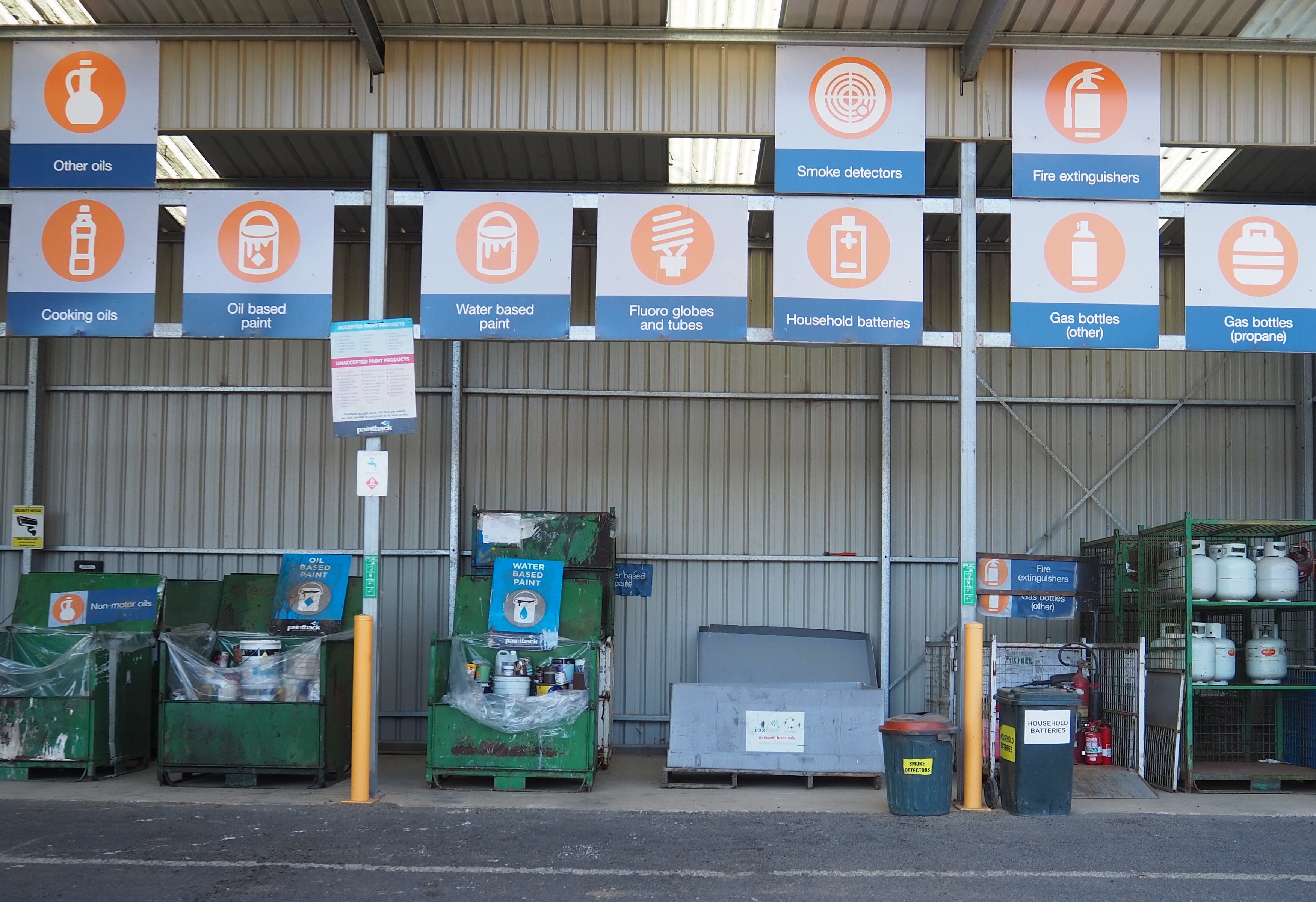WWF and the Centre for Sustainable Tropical Fisheries & Aquaculture (CSTFA) at James Cook University have developed the first toolkit of its kind that provides a variety of ways to collect scientific data on sharks and rays to help conserve and manage these species, many of which are threatened.
Sharks and rays are in a deepening crisis, with a quarter of all species threatened with extinction and many in significant decline, mostly due to overfishing. Exacerbating the situation is that for nearly half of the species there is insufficient data to assess their conservation status.
The Rapid Assessment Toolkit for Sharks and Rays (the Toolkit) is aimed primarily at countries with insufficient species-specific data to allow science-based management. Such nations may have limited capacity and resources to gather data that could help them accurately determine the true states of their coastal environments, a situation common among marine-based communities. The Toolkit is designed to help remedy the dearth of basic information on movements, biodiversity and catch trends in many countries in Africa, Asia Pacific and Latin America.
“Having data is crucial for us to conserve and sustainably manage shark and ray populations,” said Dr Andy Cornish, Leader of the WWF’s Sharks: Restoring the Balance initiative. “Without knowing what shark and ray species are in coastal waters, as well as how many are being caught and by whom, managers will not be able to take effective steps to reverse declines.”
Dr Cornish noted that the deterioration of ocean health around the world has enormous implications for coastal communities in particular. “Sharks and rays perform a wide array of essential ecosystem functions, which means their conservation is even more urgent. The more we know about the status of shark and ray populations, the more we can focus conservation efforts where they are most needed,” he said.
The Toolkit consists of practical and simple step-by-step guidelines for collecting data by using six tools or methods. Appropriate tools can be selected depending on the knowledge gap of the particular waters where it may be used. The 70-page manual includes how-to guidance in the areas of: taxonomy, genetics, creel and market surveys, baited remote underwater video systems, tagging and tracking, and citizen science.
“The six tools are each broken into sections that explain why one would use a particular tool, what is the tool and detailed steps on how to use the tool,” said Dr Cassandra Rigby, a CSTFA Research Fellow and chief author of the Toolkit. “Divers, for instance, can find useful ways to contribute information in the section on Citizen Science, or field operators can learn how to take a photo of a shark so it is useful for later accurate species identification.”
Notes for editors:
The ultimate goal of the Toolkit initiative is to gather data that will provide a baseline for studying future shark and ray population trends. This will enable fisheries authorities to address areas of concern and ultimately determine the effectiveness of their management efforts.
Data collected using the various tools can be used to produce Shark Assessment Reports and ³Ô¹ÏÍøÕ¾ Plans of Action under the United Nations FAO International Plan of Action for Sharks, and Non-Detriment Findings for sharks and rays listed on CITES Appendix II. These are still lacking in some major shark fishing nations.
To access the Toolkit, please click
WWF’s Dr Cornish has written a blog on why the data that the Toolkit can provide is so urgently needed. You can read it
Sharks: Restoring the Balance is a partnership between WWF and wildlife trade monitoring network TRAFFIC, which supports teams working across 11 countries. Its plans for conserving sharks and rays are mapped out under a global strategy with its Global Sharks and Rays Initiative partners. The strategy document can be accessed
About WWF
WWF is one of the world’s largest and most respected independent conservation organizations, with over 5 million supporters and a global network active in more than 100 countries and territories. WWF’s mission is to stop the degradation of the Earth’s natural environment and to build a future in which humans live in harmony with nature, by conserving the world’s biological diversity, ensuring that the use of renewable natural resources is sustainable, and promoting the reduction of pollution and wasteful consumption. Visit for latest news and media resources and follow us on Twitter @WWF_media
About James Cook University’s Centre for Sustainable Tropical Fisheries and Aquaculture
James Cook University’s Centre for Sustainable Tropical Fisheries and Aquaculture (CSTFA) focuses not only on aquatic and aquaculture systems that produce food, but also the industries and communities that utilise them. Multidisciplinary collaborations between researchers provide synergies to address substantial research problems in a way that individual research groups cannot. The CSTFA provides research outputs for sustainable food production to local, state, federal and international resource managers, both in government and in the private sector. Thus, CSTFA is a key player in helping secure aquatic food production in the tropics for future generations.








